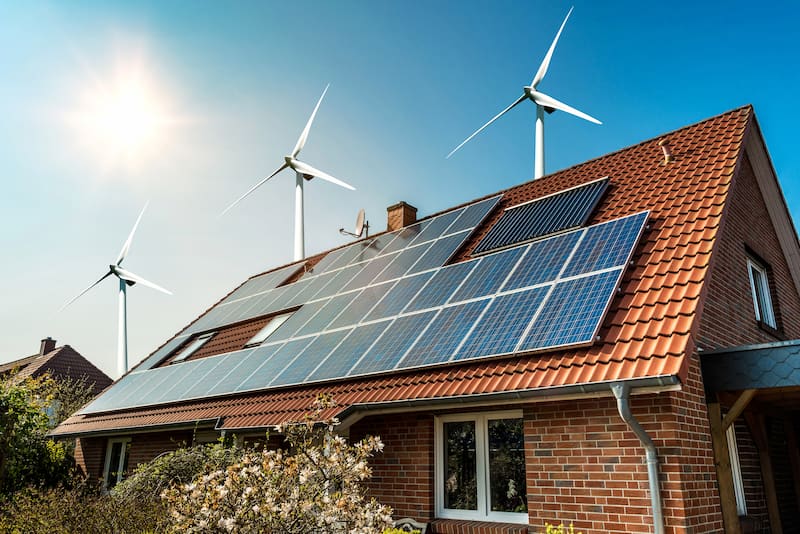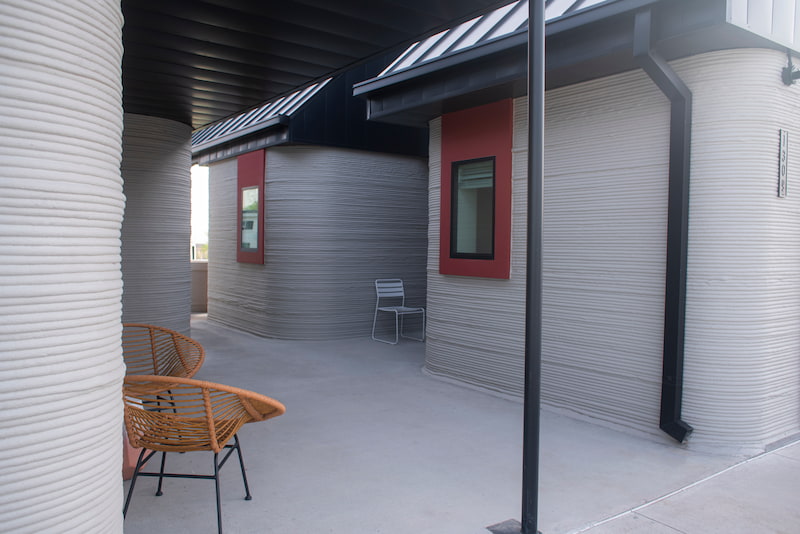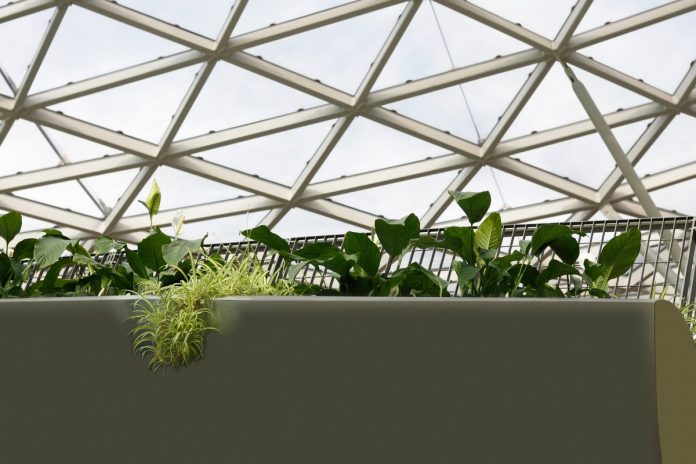Smart houses or Smart Homes
What is a smart home ? They are those homes equipped with devices and appliances that can be accessed remotely, wherever you are, as long as there is an internet connection. In this sense , home automation, a concept that has been present for years in many homes, goes a step further and is allied with technological advances and the IoT or Internet of Things.
It is so that it not only offers solutions that allow greater control and automation of the house, such as mechanisms with remote controls for blinds, sensor lights or more efficient energy use, but also allows you to connect with them from a distance.
The IoT allows us to save more energy and provides security: surveillance cameras that we can control from wherever we want via mobile, smart plugs that indicate consumption, kitchen robots and vacuum cleaners that can be programmed and activated remotely, monitors for plants that allow us to water them and take care of them during the holidays from the other side of the planet, among others.
Sustainable and ecological housing: the houses of the future that our planet needs
As we have said, sustainability is an essential part of the architecture of the future . This is reflected in one of the 17 Sustainable Development Goals (SDGs) of the 2030 Agenda established by the United Nations, a call to international action to build a better world with five central axes: people, the planet, prosperity, peace and alliances.
Goal number 11 “Sustainable cities and communities” includes among its goals that of achieving more sustainable and resilient cities. And this applies to any type of housing and houses of the future, both residential buildings and single-family houses.

According to the UN, it is estimated that in 2050 68% of the population will live in cities, which is why there is a pressing need for a paradigm shift in the construction sector, which is responsible for 30 to 40% of total greenhouse gas emissions. global carbon and energy use. and reduce carbon footprint and energy use. Reducing carbon emissions and energy consumption in buildings is the first big step.
How to make the architecture of the future more efficient and sustainable?
In addition to the help of new technologies in saving energy inside the home, being able to program and monitor consumption, there are many options that architects and engineers are developing and applying with increasing success to sustainable homes .
bioclimatic architecture
Its objective is to take advantage of natural resources to reduce the environmental impact, reducing both energy consumption and CO₂ emissions. Orientation, cross ventilation, thermal insulation or ventilated facades, which seek thermal comfort in both summer and winter, are key elements of this type of architecture, providing homes or buildings with a sustainable base from their conceptualization. In short, green design applied to architecture.
Efficient and more ecological construction processes
Shortening construction times is also a key factor for the houses of the future, in which real efforts are being invested in the construction and architecture sector. By reducing these construction processes, the carbon footprint and the energy used are reduced. In this sense, advances offer several ways. On the one hand, the use of materials that allow greater speed when transporting and building, and especially those of natural origin and proximity.
On the other hand, alternatives are being addressed such as 3D printing used to build, as is the case of the Milestone project of the Technical University of Eindhoven, which has built concrete houses using this three-dimensional printing in situ or that of a residential neighborhood in Houston, Texas, with housing for the homeless printed in three dimensions and made by Icon.

Reversible architecture: the great bet for the houses of the future
Inspired in a way by Japanese architecture, reversible architecture not only meets the needs of the moment, but also plans for the future. In this way, he proposes buildings and houses with removable structures, so that their distribution and the use of their spaces can be changed without damaging the rest of the structure. A way to reduce energy costs and carbon emissions, avoiding major reforms and restructuring works, recycling and reusing pre-existing elements and materials.
Although it may seem somewhat novel, this concept was already the essence or the central axis of The House of the Future, designed by Alison and Peter Smithson for the Ideal Home Daily Exhibition organized by the Daily Mail in 1956. A house with an open plan, flexible and without rooms, in which the spaces were formed by sliding walls, adapting to the needs of each moment. Undoubtedly a great source of inspiration for new architects.
The era of robotic furniture
Following the trail of technological innovations, robotic furniture arrives: the furniture of the houses of the future. These are pieces of furniture or structures that change their shape, distribution and function automatically, with the push of a button or by giving them the order through applications. Initially they were designed for versatile small apartments, which could modify the use of a space in a comfortable and automated way without the need to remove or move furniture or unfold it manually.
This type of designs, already existing, will continue to evolve and propose designs for all types of homes and needs in the houses of the future. Perhaps a “Siri, I’m going to sleep” will be enough for your living room to transform into the bedroom in a matter of seconds and effortlessly.
In short, on an aesthetic level, there are many architects who have contributed futuristic-inspired house designs, such as Zaha Hadid, the great lady of contemporary architecture, who endowed her works with curved and organic shapes with a clearly futuristic appearance.
But beyond the visual or artistic concept with which we popularly associate the houses of the future, these are called to be much more comfortable, sustainable, flexible and designed to save money, time and also material and energy resources, in addition to minimizing the environmental impact. .
The architecture of the future has its sights set on achieving a self-sufficient house capable of self-sufficiency with energy sources such as solar through solar panels, through water management and other systems.


